Hi everyone, How are you doing? I hope you’re having a great day, and I hope you are much warmer right now than I am. It is currently the coldest that it’s ever been that I can remember in recent times. So, yesterday, I can’t remember exactly, but I think it was like 25 degrees below Fahrenheit, with 65 degrees below wind chills, and today it’s like 21 degrees below Fahrenheit. It’s a little bit warmer because there’s less wind.
But yesterday, what I did is, I took my DJI Air 3, and I wanted to do a battery test. I took a nice warm battery at 68 degrees. I did a hover test, and then I used a battery that I kept outside for about 3 hours at 25 degrees below Fahrenheit, and I did a flight hover test with that, too.
The results actually surprised me. I was really surprised. I’ll show you those here in a second. What I’m going to do right now, it’s the next day, it’s only 21 degrees below, it’s nice and warm right now compared to yesterday, but I’m going to fly it around.
Actually, I’m going to fly in a circle until I get down to 15%. I’m going to time it to see what kind of battery life I get with 68 degrees. I’m going to do the same thing with a frozen battery. I’m going to leave it outside, probably not as long.

I don’t think I have to leave it out that long. I’m going to leave it out for about an hour, and then I’m going to do a flight test with that, and see if the flight time is any different. I’m assuming it’s going to be less, but maybe not.
So, let’s do that. And also want to give you five tips to help maintain your battery health on your drones, not just your DJI Air 3. Like, I’m using the Air 3 today. I’m using the Tripltek 9 Pro screen because it’s so bright today, and this is the only screen that I can see really well. But these tips I’m going to give you are going to apply to any drone that you have when it comes to taking care of your battery.
So, let’s get this test done and see if there’s any difference. By the way, I’m using these heated gloves. I did a short review on these a few weeks back. They’re Waso or something like that. They are so warm, like I had to actually turn off the heat on them because they were too hot. Alright, so awesome gloves. I’m going to put a link in the description, you guys, because they are so good.
One thing I’m really excited about – PGYTECH is coming out with some gloves like this too. So, I’m going to try to get my hands on those, literally. Alright, no pun intended, but I’m really looking forward to seeing those too. So, yeah, check the description for these gloves. These are amazing, the warmest gloves I’ve ever had. Alright, let’s see how this does.
5 Tips To Keep Your Batteries and Drone Safe When Flying in Cold Conditions
Alright, you guys, I can’t take it out here anymore. It’s actually hurting my lungs. So, we’re going to go inside. We’re going to talk about this test, we’re going to talk about yesterday’s hover test, and then I’m going to give you those five tips to take care of your drone batteries.
So, let’s go inside and get warm. It wasn’t even the fact that I got cold out there, it was just getting really hard to breathe, like it was almost like I was having an asthma attack or something. It is so stinking cold out. Now, before I show you the test results of the hover test and the flight test using a really cold battery, I do need to let you know that I do not recommend flying your drone with a very cold, frozen battery like I just did over the past 2 days.
This is very damaging to your battery, you guys. It can lead to catastrophic failure, and it is very unsafe. Do not do this. I did this test only to test the limits, to satisfy my own curiosity, and also just to provide the information to you. But I just have to tell you, I don’t recommend doing this, guys.
It’s so hard on your battery. It’s not going to hurt maybe one time, and that’s why I thought it was okay to do it, but don’t do this, especially on a regular basis, because they are very, very sensitive to temperatures. We’re going to talk about that here in a little bit later in the video. So, first of all, yesterday, like I said, I did a hover test with a warm battery first. It was at 68 degrees, and I flew it from 96% down to 15%.
There was no wind, it was in a really good location, and I got just over 33 minutes. So that’s really good. That’s about the same that I get with a normal temperature outside in 70-degree weather. Now, with the frozen battery, I actually had to warm this up a little bit before the drone would even start.

First of all, I popped it in, and it wouldn’t even turn on. So, this battery I just popped in has been sitting outside in 21 degrees F for about an hour. I brought it in, put it in the drone, and it wouldn’t even start the drone. So, it had to warm up a little bit before we were able to start it. And then, when it did turn on, it still wasn’t warm enough right away.
I had to let it warm up a little bit further before I could actually start the drone. So, it is a smart battery. It is built into it where it has a little bit of safety in there, so it doesn’t actually start the motors until it’s about 17 degrees between 17 and 20 degrees F. But anyway, the test result really surprised me. From 98% down to 15%, using this very cold battery, I got just over 35 minutes. So, it was about 2 minutes longer than with the warmer battery.
Both of these batteries are comparable. One of them’s got just over 20 flights on it, and one of them, I think, I don’t remember, it’s got like 10 flights on it. But both of these batteries came at the same time, so you know, it’s not like one is really old or one is really new. But I was pretty amazed that I was able to get 35 minutes of hover time with that cold battery.
Now, the warmest that either of these batteries got up to while they were hovering was about 50 degrees. Keep in mind, it was 21 degrees below, and they got up to 50 degrees. It took a long time for them to warm up, so the battery that was 68 degrees actually kept dropping in temperature, and then it kind of stayed at about 50, and then the other one that started at 17 degrees warmed up to about 50 degrees.]
So, they both kind of maintained that 50-degree temperature. Now, for the flight test that I just did today, first with the warm battery, what I did is, I flew the drone around in a circle. I put it in cruise control, I flew it back and forth, side to side, and things like that, just different ways of flying it around. I kept it at the same height, about 84 feet in the air, and I went from 99% down to 15%.
With this warm battery, I got 35 minutes and 35 seconds, which is very good. I was very satisfied with that. Then, using the cold battery, which I started at 17 degrees F, I got 33 minutes of flight time, starting with the cold battery.
So, about 2 minutes less than using the warm battery. And then, I did try to launch at 10 degrees. It would not go. I had to tuck it under my armpit for a while and let it warm up to 70 degrees, and then I was able to start the motors and start flying.
These smart batteries are definitely smart, so make sure that you don’t try to fly when the battery is too cold. The difference between the two, the cold battery and the warm battery, really was not that significant. So, performance-wise, no problem at all. But for battery health and longevity, make sure that you warm that battery up. I say at least to 32 degrees before you launch your drone. It’s just going to be better for the long term. Let me know if you have any questions about that test down in the comments.
Now, I do have five real simple tips that everyone should know about when it comes to maintaining an efficient and safe drone battery, especially when you’re flying in cold temperatures.
1 – Perform Battery Check
First of all, before every flight, it is crucial to perform a thorough battery check. Ensure that your battery is fully charged and in good condition. Physically look out for any signs of physical damage or swelling, because these can indicate something’s going on inside one of these cells. Swelling is a big one. If there’s even a slight bulge in this battery, then that battery needs to be taken out of commission and recycled. Do not try to fly your drone with a bulging battery. It’s very dangerous.

2 – Keep the Battery in the Optimal Temperature Range
Now, secondly, to maximize your drone battery’s performance, it is crucial to keep it at an optimal temperature range. Avoid exposing your batteries to extremely cold conditions, as we just showed you. The chemical reactions are slowed down, which can cause a variety of unstable performance behaviors. And then, on the other hand, do not subject them to excessive heat either, because that can also damage your battery cells. I actually think that’s a little bit harder on your drone batteries than cold temperatures.
So, store your batteries in a temperature-controlled environment when not in use. For the most part, I usually keep my batteries right in my drone case. But if I know I’m not going to be flying that particular drone for a long time, I actually like to store them in an ammunition box. It’s just a good safety precaution in case there happens to be a failure. It’s extremely unlikely with the drone batteries today, but it’s just not a bad thing to be extra careful.
Now, I got two of these ammo boxes off Amazon for around 30 bucks. They’re super cheap, and if a battery ever does fail, you don’t have to worry about it starting a fire if you have it in a metal box. So, I’m going to put a link for these in the video description, but you can get one at your local hardware store, you can get one at Harbor Freight, just about any sporting goods store. So that’s a great recommendation. I know a lot of people do that, and I’ve been happy with that because it really makes me feel safe keeping my drone batteries in my home.

3 – Hover Your Drone for a Minute Before Taking Off
Tip Number Three. Again, this tip is related to cold weather, but it’s recommended to let your drone hover for a minute or two before taking off. This short warm-up hover helps maintain the battery’s performance and enhances its ability to deliver power efficiently. You especially want to do this if you’re going to be pushing against heavy wind or maybe flying full throttle right away. You don’t ever want to blow your full load right away. It’s just better for everyone when you’re patient and generous with the warm-up period.
4 – Avoid Sudden Temperature Changes
Tip Number Four. Rapid temperature changes can be detrimental to lithium-ion batteries. Avoid exposing your batteries to sudden shifts from extremely cold temperatures to extremely warm temperatures, and then vice versa, because that can cause internal stress and potentially damage the cells of your battery. Always allow your batteries to acclimate gradually when transitioning between different temperature environments.
5 – Proper Storage and Maintenance of Your Batteries
Lastly, proper storage and maintenance are crucial for extending the lifespan of your drone batteries. When you’re not going to be flying your drone for an extended period of time, it’s best to store your batteries at around 50% charge and store them in a cool, dry place.
Now, most drone batteries today are smart batteries and they have the ability to self-discharge. So, if you don’t use them for a while, they’re going to gradually lose their capacity on their own, and that’s okay.
But if you have an older drone that doesn’t have the ability to do that, just make sure that before you put them into storage, you drain them down because storing them fully charged or completely depleted can degrade their overall capacity over time.
So, regularly inspect your batteries for any signs of wear and tear and follow the manufacturer’s guidelines for maintenance. Maintaining your battery is not only important for the safety of each flight, but more so for the longevity of your battery.
These things are really expensive, you guys, so you want them to last as long as possible. Remember, taking care of your batteries not only improves their performance but also enhances the overall flight experience and safety of your drone.
If you want to learn more about winter flying tips, I have several of them on my channel. I’ll post links to them in the video description. This one right here is my favorite, so watch that one right now. Hit the like button if I helped you out at all today, and consider becoming a channel member for less than $2 a month.
Have a great day, everyone, and as always, fly safe and fly smart!
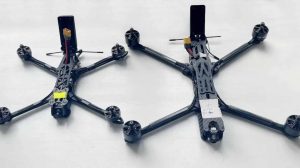



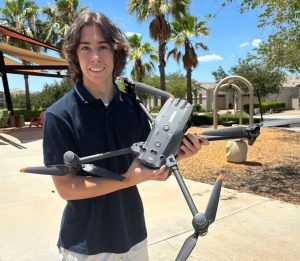

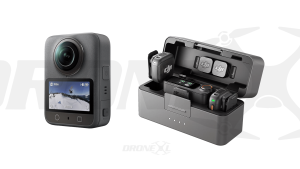


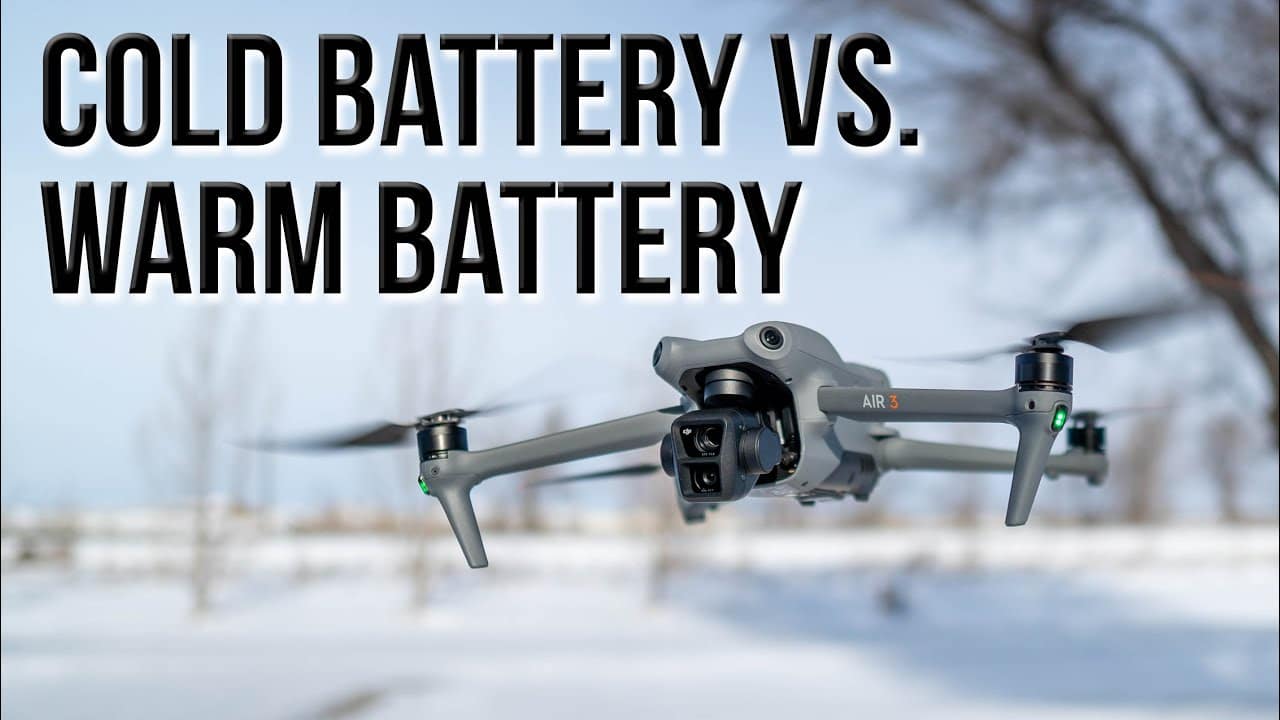



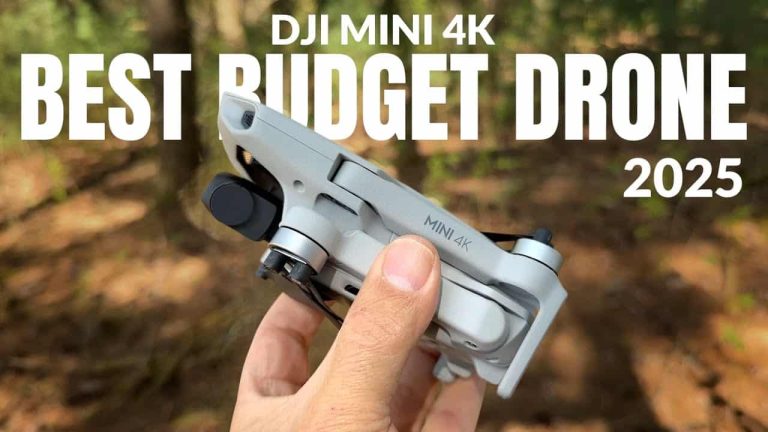
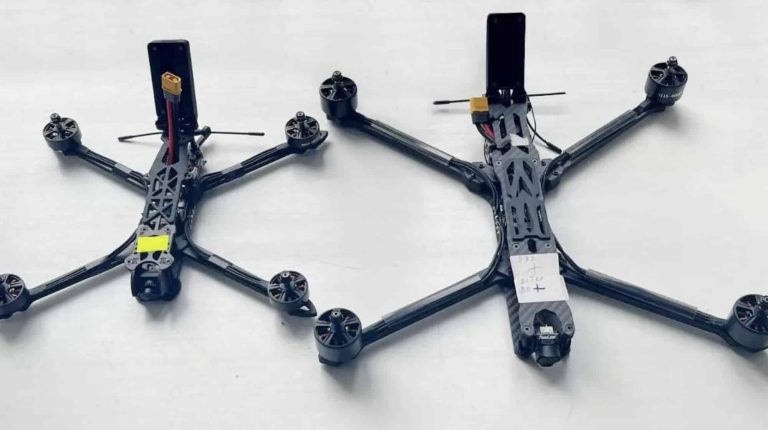
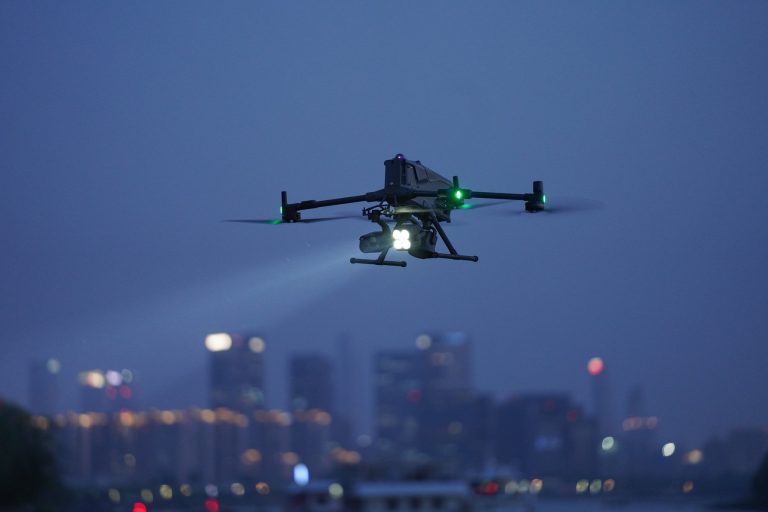
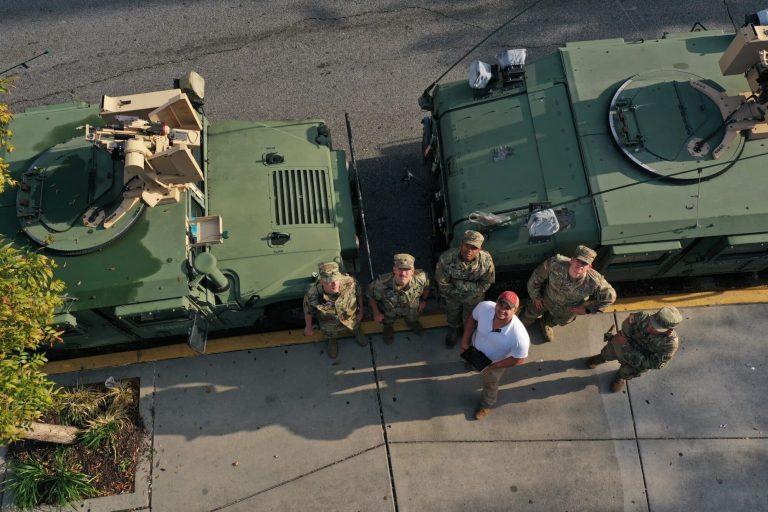



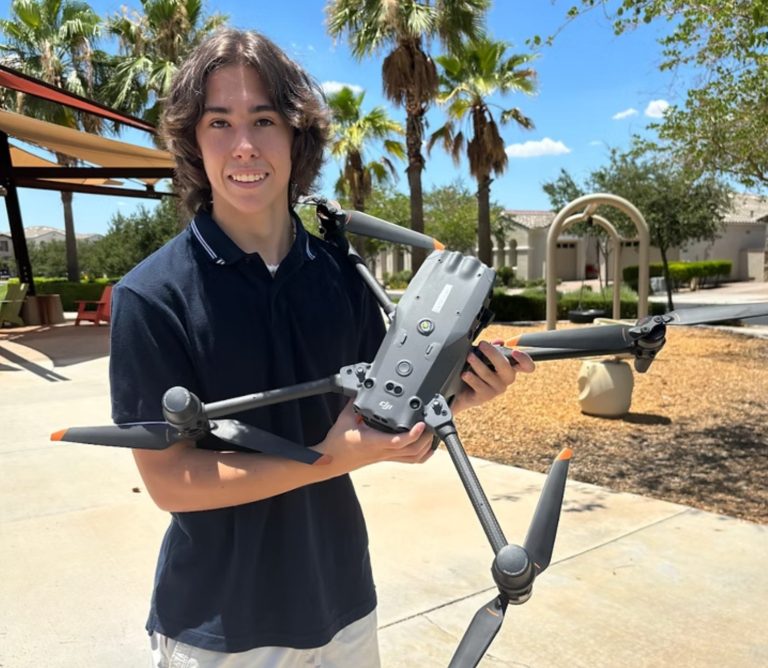
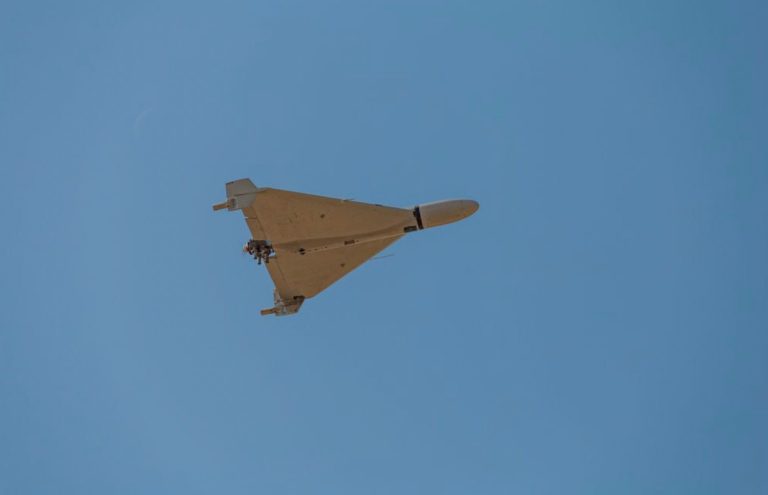

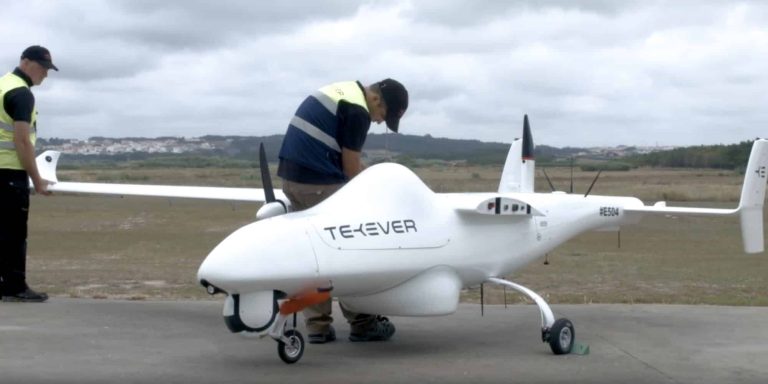
+ There are no comments
Add yours